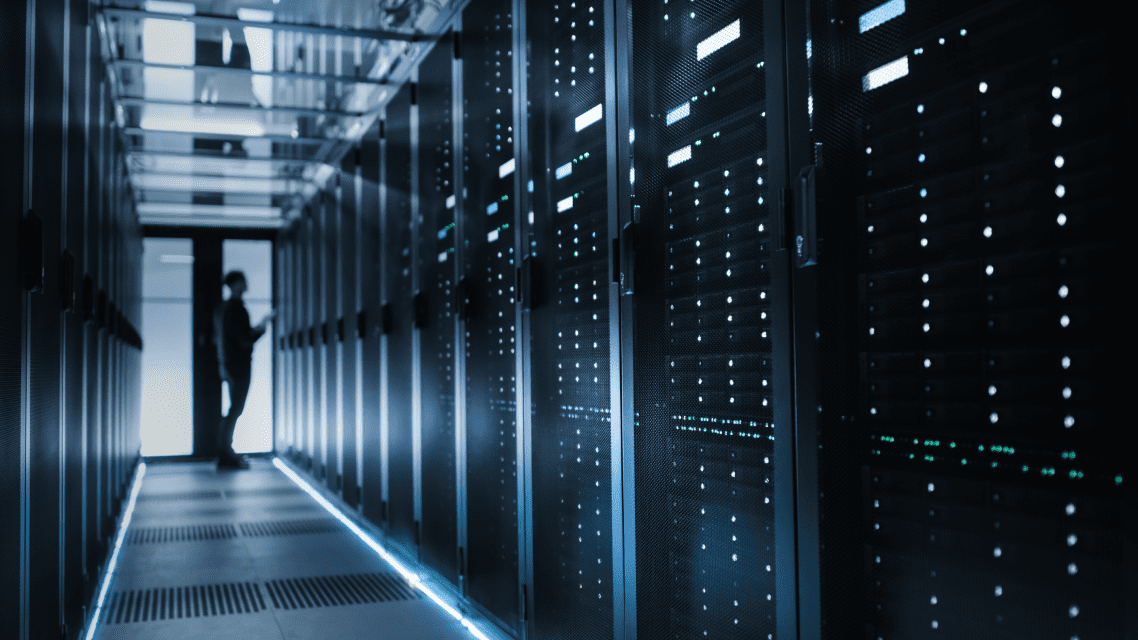End-user computing (EUC) refers to technologies that enable end users to become more productive and perform their work more efficiently regardless of geographical location. EUC was delivered through monolithic information centers...
Enterprise data backup refers to a relatively new class of solutions designed to meet highly complex backup and recovery needs. Typically, enterprise data backup supports on-premises, hybrid, and multi-cloud environments; disaster recovery initiatives;...
Load balancing and failover are two methods of achieving high availability. Load balancing does it by distributing workloads to prevent a single system from getting overloaded, while failover does it by redirecting workload to a backup system when...
Virtualization and virtual machines (VMs) have become mainstream in the past decade as organizations realize the technology’s many benefits, including better cost efficiencies, improved application performance, and a more...
Innovations such as virtual machines saw the more efficient use of computer hardware. But exactly what is a virtual machine (VM)? It is a virtual computer hosted on a server that uses the server’s resources, e.g., memory,...
Virtual desktop infrastructures (VDIs) have transitioned slowly from one-size-fits-all solutions to highly customized products that serve diverse user needs across many industry verticals. Generally, organizations can...
Citrix virtual desktops are virtual desktops delivered through Citrix Virtual Apps and Desktops, a virtualization solution that enables IT teams to manage applications, licensing, security, and virtual...
For over two decades, Citrix has established itself as one of the leading desktop virtualization providers, with Citrix Virtual Apps and Desktops emerging as a popular solution. Citrix Virtual Apps and Desktops is a virtual desktop...







